Practice Day: Challenge Accepted
After the thought-provoking discussion by Jen Gale at our Practice Day, our Design Director, Mark, decided to change things up a bit and gave us all a challenge – ‘challenge accepted’. The aim of the challenge was for us to form groups, use our internal design guide and think holistically about sustainability across the practice’s operations – oh and to have fun. Right?
After a few musical chairs, we managed to organize ourselves into three groups of six, and we were told about this fantastic revelation our Directors had at their last meeting, where they all realized they had a passion for food. Who doesn’t right? Then in a significant shift in the company’s strategy, they decided to follow this passion and open a new restaurant on the Malthouse site.
Mission
With so much to think about when opening a new restaurant, we were luckily only tasked with a few of the finer details. The design of the restaurant, the menu, table setting and interior, as well as working out a travel plan for the staff who would work there. Apparently, they had already hired the Manager, Maître D’ and kitchen staff, without even getting planning permission. They must have some awesome superpowers to get that so quickly… Unfortunately, we were not approached first, does anyone have a job for us?
Design
In a twist of events, the Vale of White Horse rushed through emergency planning regulations, requiring all buildings to be net zero. Apparently, Cambridge is outperforming them in their climate change initiatives as well as having recently beaten them in a boat race, they are now shockingly allowing the demolition of Listed Buildings and the replacement thereof to boost their number of net zero buildings. (Que dramatic music)
Planning Policy requirements:
- Net zero building in operation
- Urban greening factor of 0.5
- Low embodied carbon
Output
- Concept sketch – shows operational energy reduction strategy
- Urban greening factor score and strategy
- Approach to embodied carbon
Menu
Enter – yummy low-carbon food. For our opening night, we had to create a 3-course tasting menu that was not only delicious but also delivered a low carbon footprint. Oh, and of course we had to include a carbon rating for each course. (Food Carbon Footprint Calculator)
Table Setting
No customer experience is complete without thinking about how you will serve the menu, or rather what will you serve the meals on. For this, we had to create a mood board, showcasing the furniture, tableware and interior. We were kindly given a table that provided us with an indication of kg of CO2 per tonne as a guide. The lowest was wood at 312.61 total kg CO2e per unit and the highest was clothing at 22,310.00 total kg CO2e per unit (assuming this would be for the linen used) with the second highest being metal at 4,018.00 total kg CO2e per unit.
Travel Plan
A sustainable travel plan for the staff needed to be devised to deliver on the low carbon goals of the business. The Manager lives in Headlington, Oxford, the Maître D’ in Swindon, the Head Chef in Didcot, the 3 Sous Chefs in Donnington, Oxford and the 7 Kitchen and Waiting staff live in Abingdon.
The maximum cycling distance given was 5 miles. We were again provided with a table that indicated the carbon output for each different mode of travel. A medium-sized diesel or petrol car were the highest contributors at 0.27039 and 0.29724 total kg CO2e per unit/mile. The lowest was of course cycling and walking.
Final Presentations
So, there you have it, now chop – chop and get to work. The teams worked meticulously for 45min to ensure they each had a winning strategy. Once the time had run out, we presented our ideas and I must say there were some good ones, albeit not so well thought out but the idea was there.
The teams had suggestions from working with schemes like Too Good To Go to reduce food waste, to using local farmers and in-season vegetables for the meals as well as to using food groups that had the lowest carbon footprints like chickpeas. Staff either walked, cycled or used the bus or a boat to get to work and one team suggested the Manager resides at the property when on duty. I hope they offered the Manager a good mattress.
Yes, a boat, seeing as the Malthouse is located next to the river, most teams opted to build a jetty so that customers and staff could get to the property via boat as parking in the area is severely limited. Along with a jetty, one team ‘Dining Al’ Desko’, also included a production jetty where they would grow food and do other fancy things in. Other interesting features were having a beehive on the roof, along with a sustainable rooftop garden that would allow you to grow fruits or vegetables as well as house some chickens. To use for eggs, I’m hoping.
Live another day!
Fortunately, the Malthouse survived another day as none of the teams opted to demolish it but rather to refurb and make extensions to it. By opting to use the building and its existing features, reuse the office furniture as much as possible, and building some biophilic walls or biophilic partitions, a lot of the listed building was kept intact. All three teams managed to achieve an average ‘Urban Greening Factor’ of about 0.5, currently, in London that factor is set to 0.3 – 0.4*.
This was a great exercise for everyone as we all had a chance to calculate carbon emissions or at least think about carbon footprints and how to make wiser choices from concept design right through to a finished project, but if like me you didn’t calculate anything then it was a great way to learn about it and the elements that influence a carbon footprint.
Written by Kim Vermaak – Marketing & Client Relations Manager
Note: * The Urban Greening Factor (UGF) is a tool that evaluates and quantifies the urban greening proposed in new developments. The UGF works by assigning a factor score to each surface cover type proposed in a planning application. Scores range from 1 for semi-natural vegetation, through to 0 for impermeable sealed surfaces. The London Plan recommends a target score of 0.4 for predominantly residential developments, and a target score of 0.3 for predominantly commercial developments; Boroughs can develop their own targets.
Sources:




